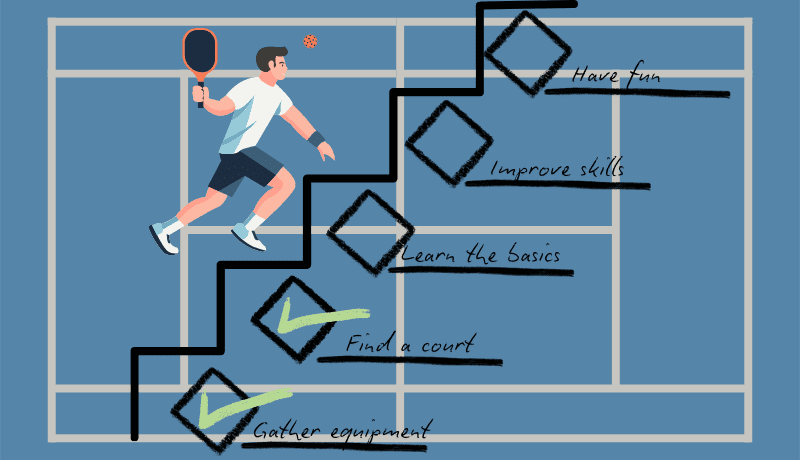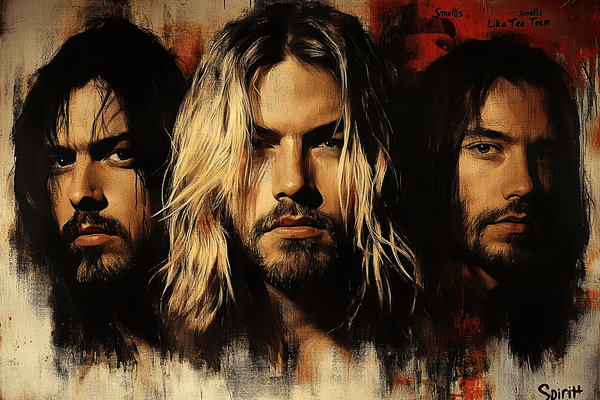Phases of the Moon
People distinguish 8 lunar phases. Discover their names and admire the photographs in this short article about Earth's satellite.
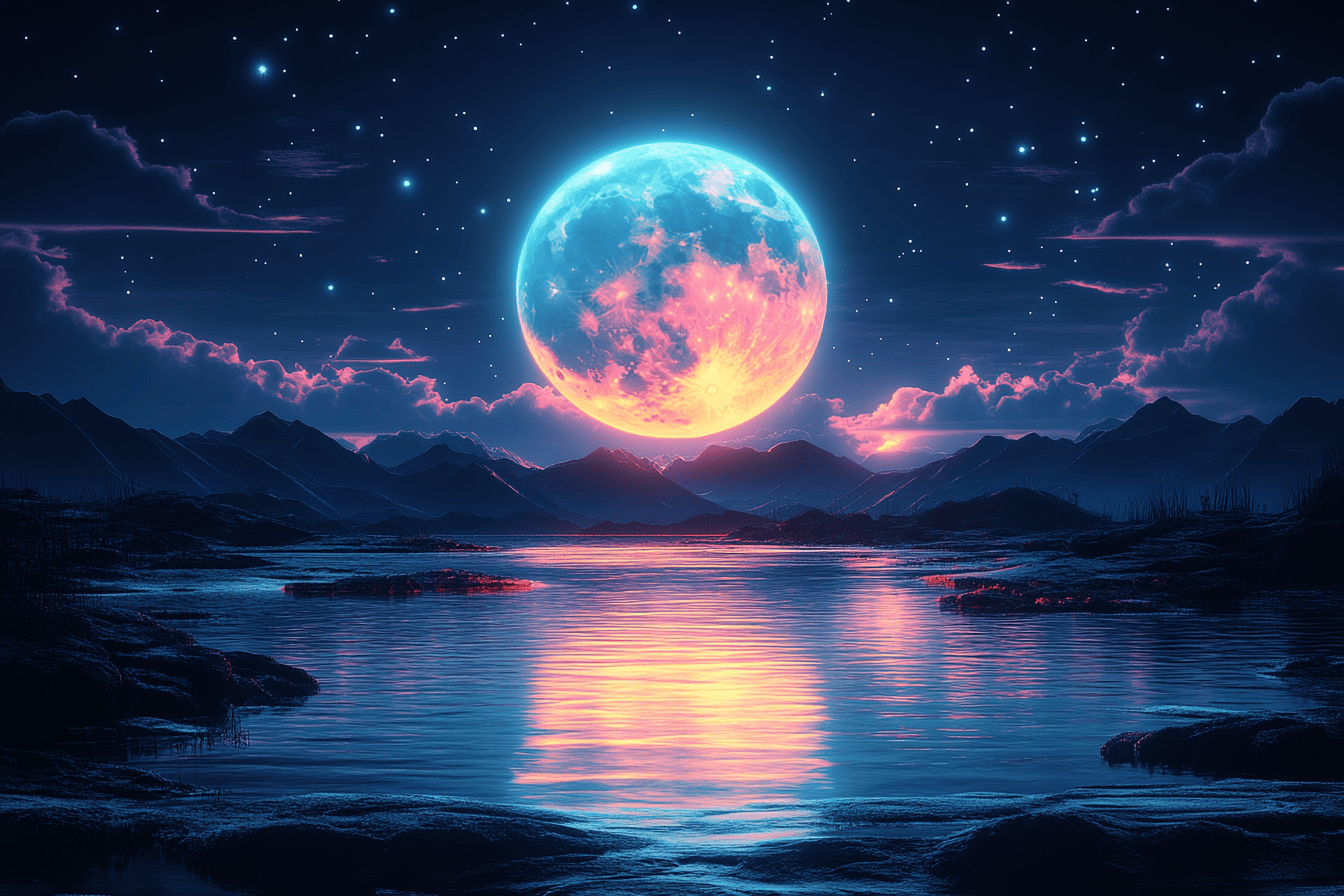
Introduction
We have learned about a way to ensure the beauty on the Earth. Let’s now turn to the beauty of space. The variety of list-based books allows us to reflect on many topics, and I enjoy taking full advantage of this.
Today, we’ll draw information from the book “The Book of Numbered Lists” [1]. Its peculiarity is that the lists are built around specific numbers. I thought three was a bit too few, and seven was already overused. So, I chose eight. I’m happy with the choice.
As we know, the Moon orbits our planet with admirable regularity. If these lines are ever read by inhabitants of other planets and this paragraph turns out to be inaccurate, I’ll only be glad.
The Moon is truly amazing. Thanks to it, we experience tides on Earth. There are also theories saying that life on Earth might have appeared because of the Moon. In short, it’s a fascinating celestial body.
So, the List of Moon Phases
The Moon could have an enormous number of phases. It depends on how you count. You could consider each newly illuminated little piece of its surface as a separate phase. However, people usually are happy with eight phases. Sometimes, even just four is enough.
- New Moon 🌑,
- Waxing crescent 🌒,
- First quarter 🌓,
- Waxing gibbous 🌔,
- Full Moon 🌕,
- Waning gibbous 🌖,
- Last quarter 🌗,
- Waning crescent 🌘.
This is, of course, a case where endless lists would be fitting.
🌑
🌘 🌒
🌗 🌓
🌖 🌔
🌕Next, let’s admire each of the phases individually. The photographs will be taken from the NASA website [2]. It is worth noting that the way we see the Moon in the photographs corresponds to how it is observed in the Northern Hemisphere. The Moon looks different in the Southern Hemisphere. The Moon also has unique specifics when viewed from the equator.
New Moon
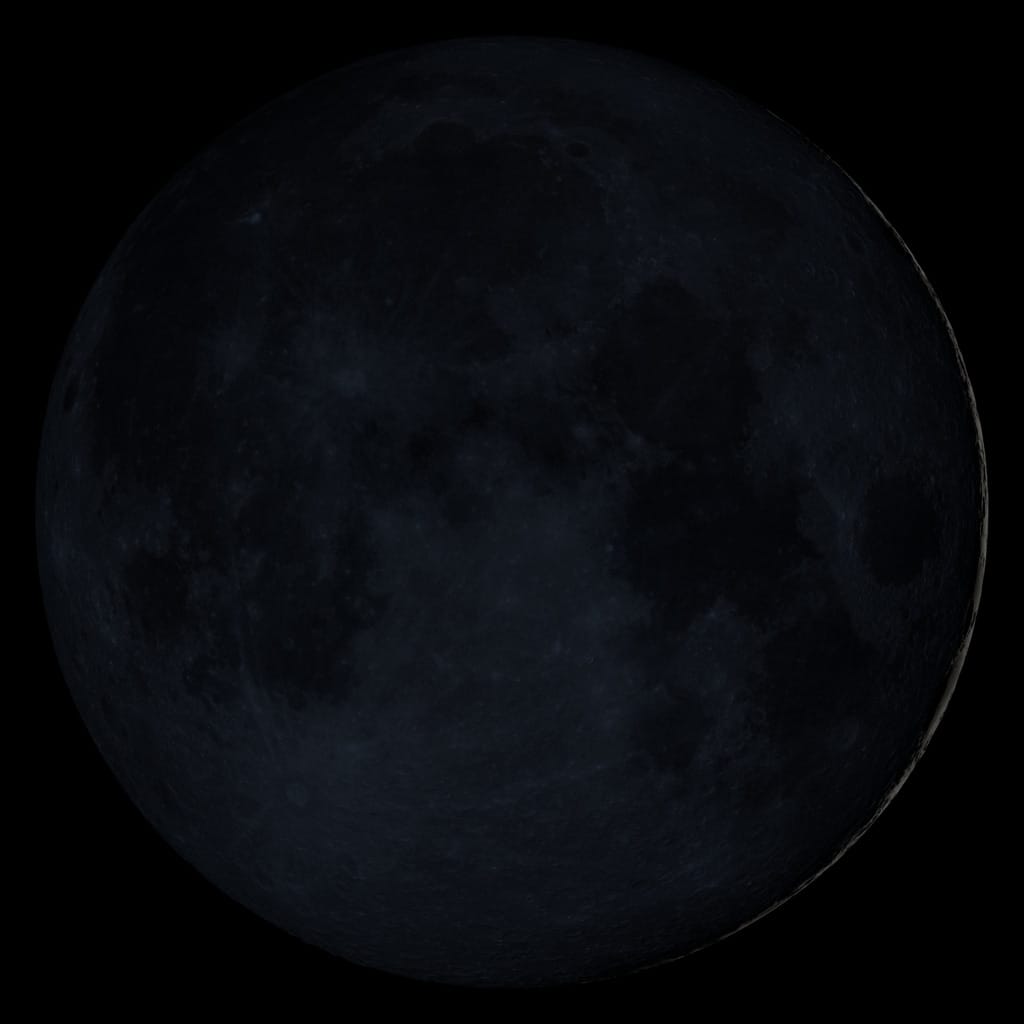
If you can’t see anything, don’t worry. During the New Moon, the Sun does not illuminate the Moon.
Waxing crescent
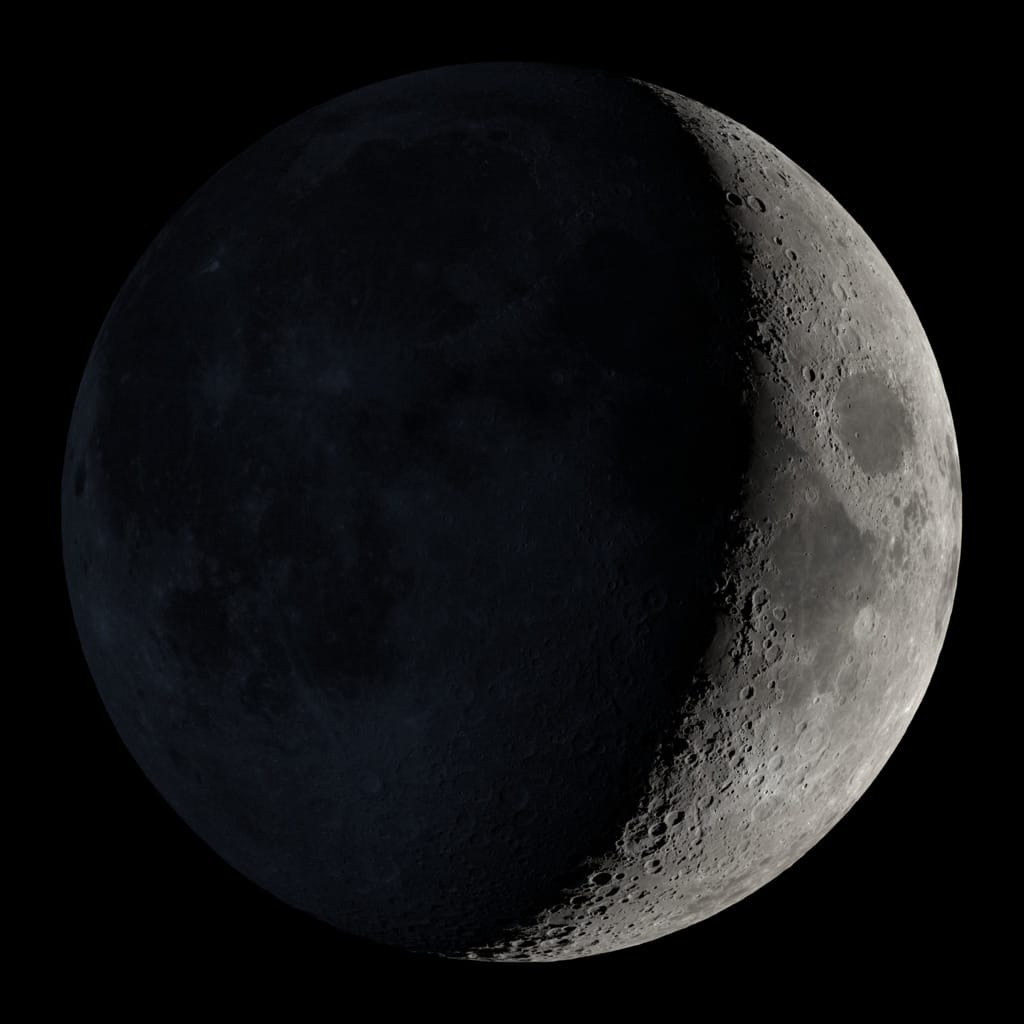
First quarter
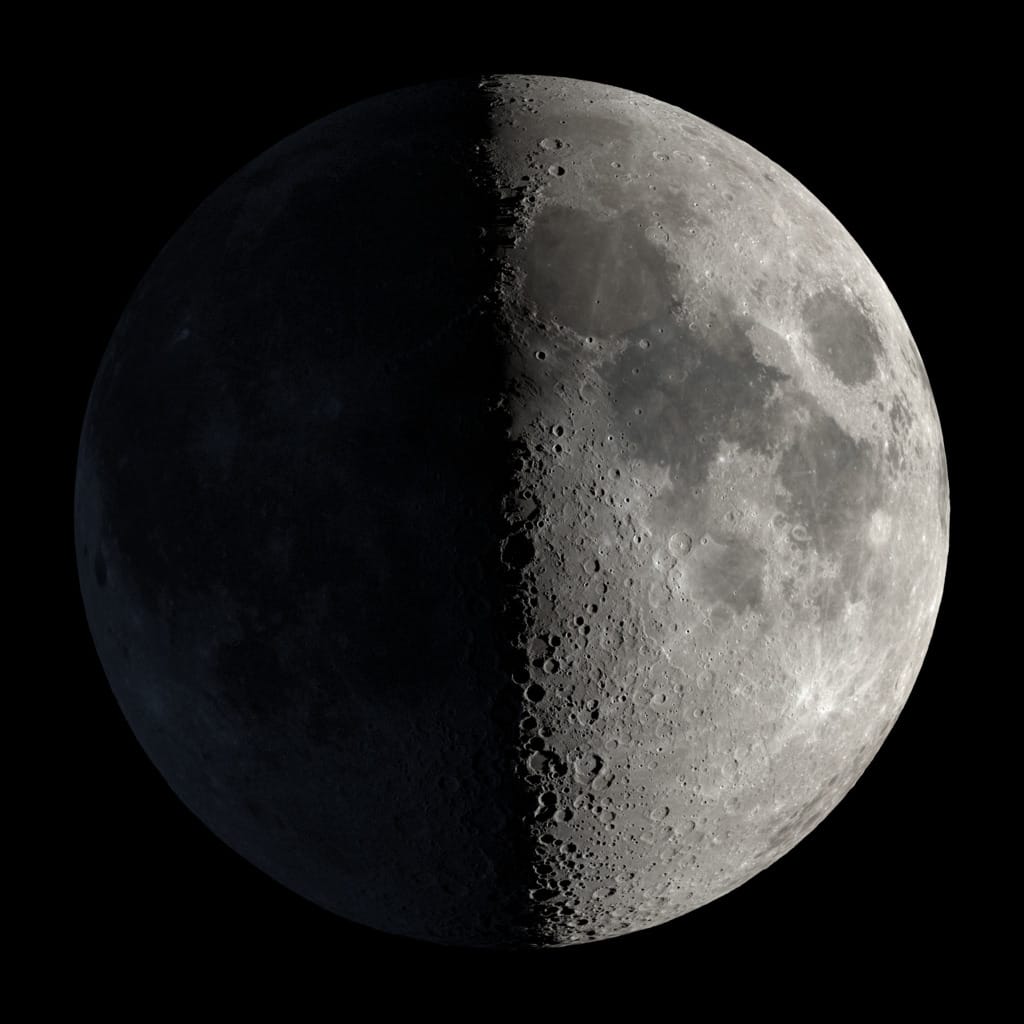
Waxing gibbous
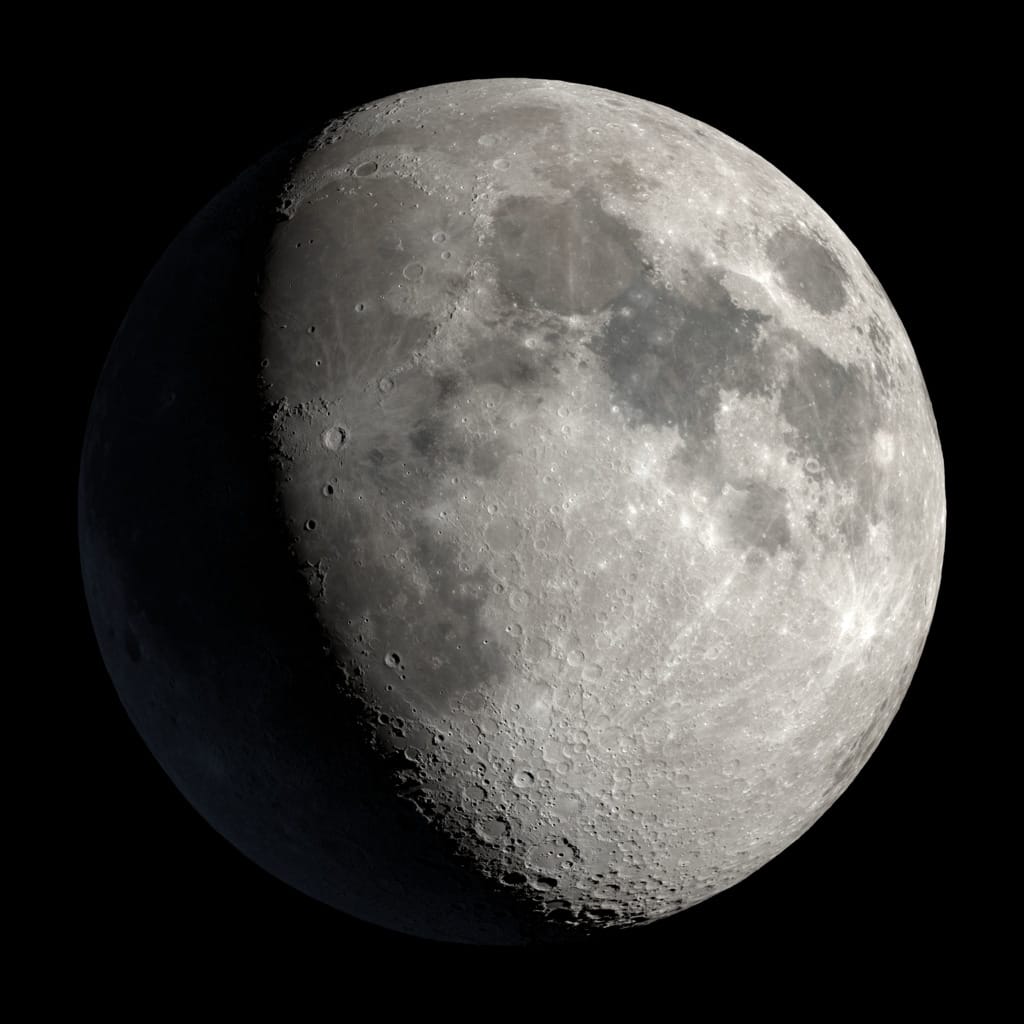
Full Moon
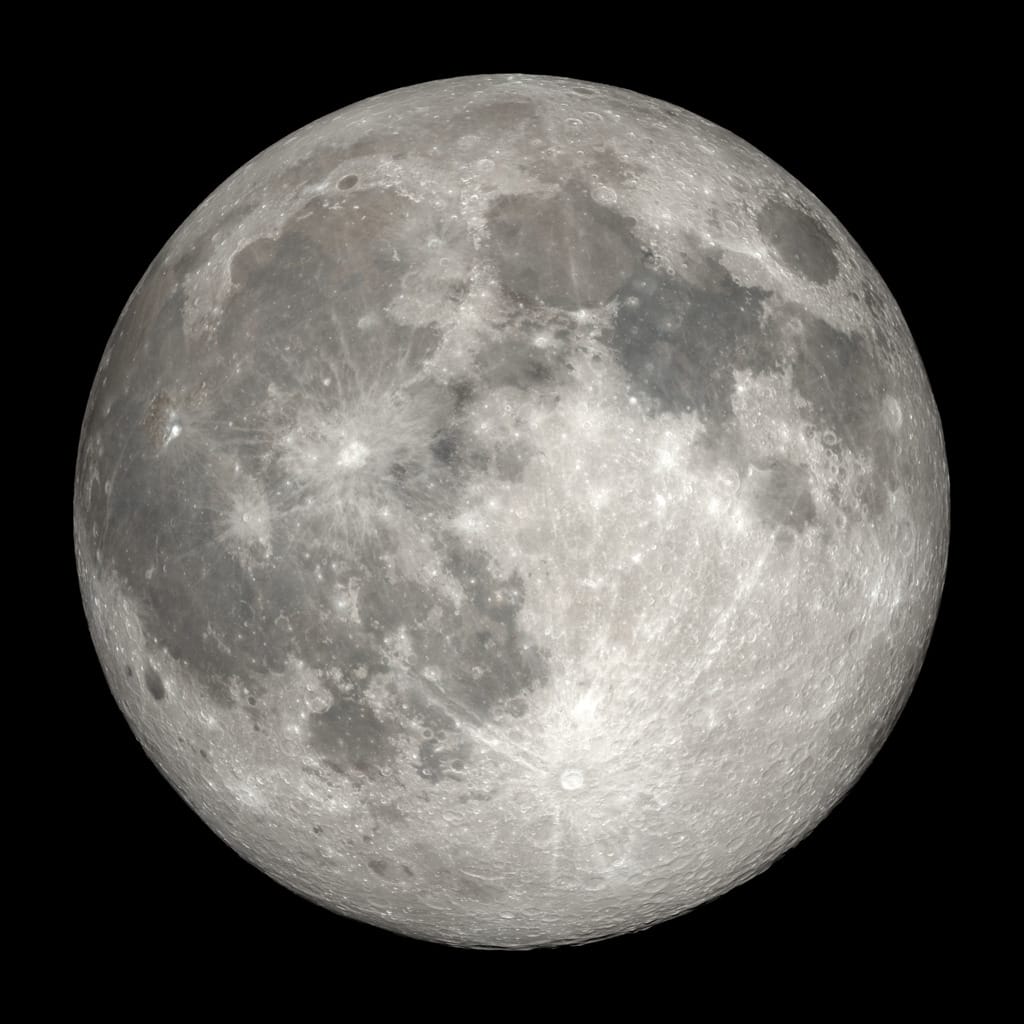
Waning gibbous
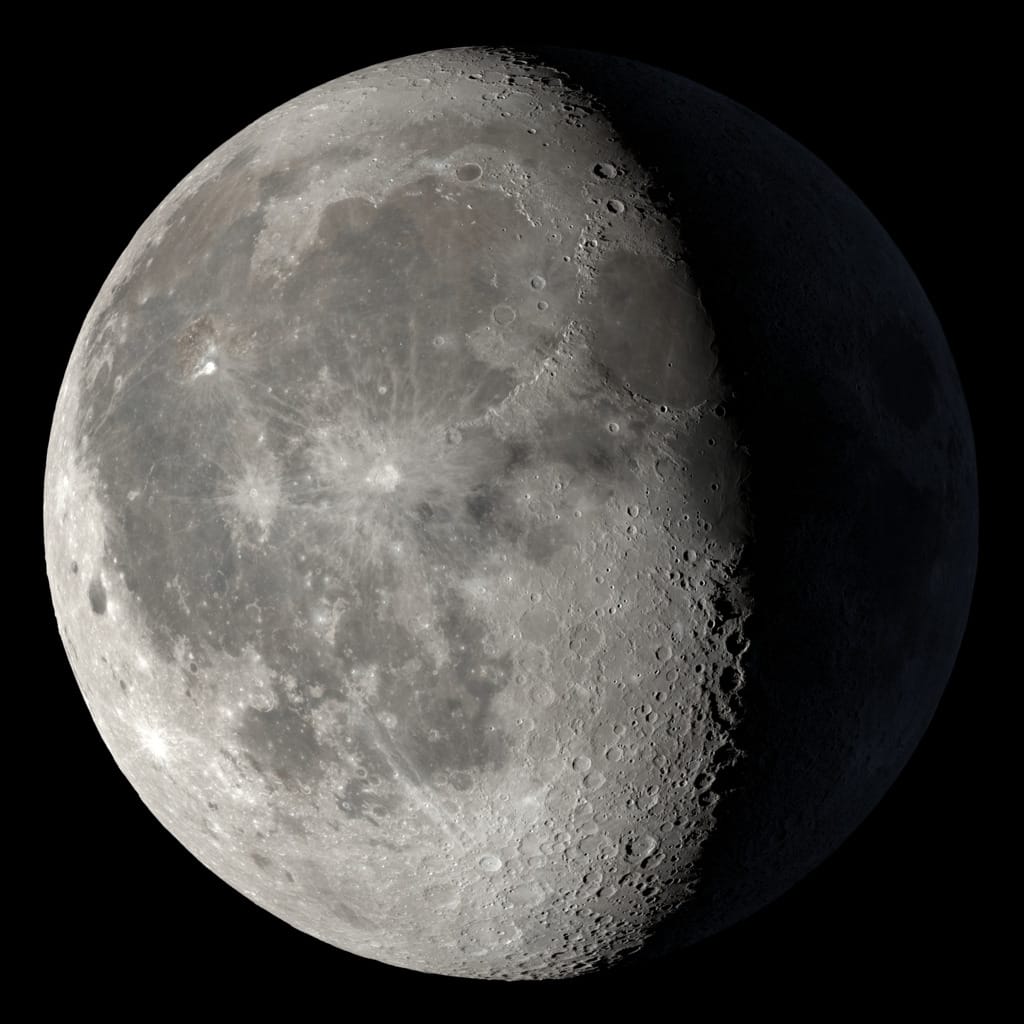
Last quarter
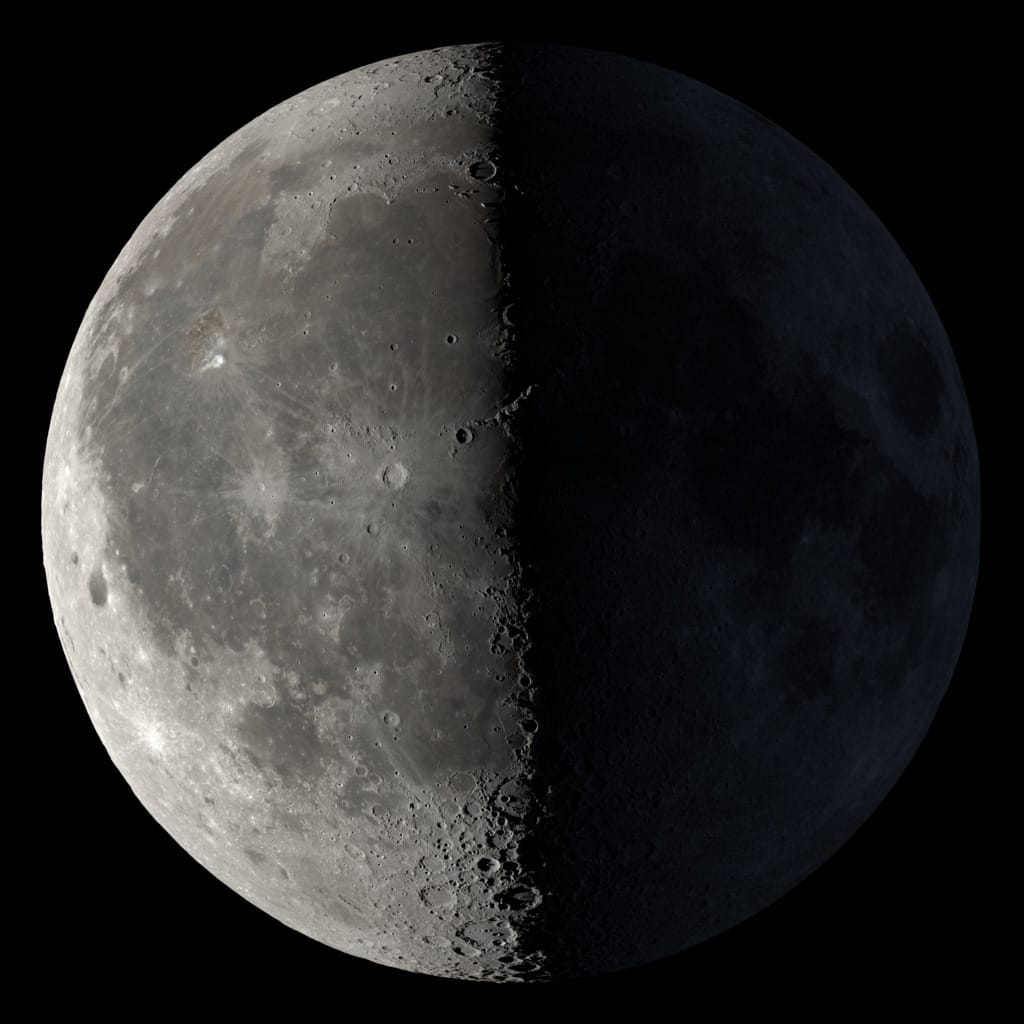
Waning crescent
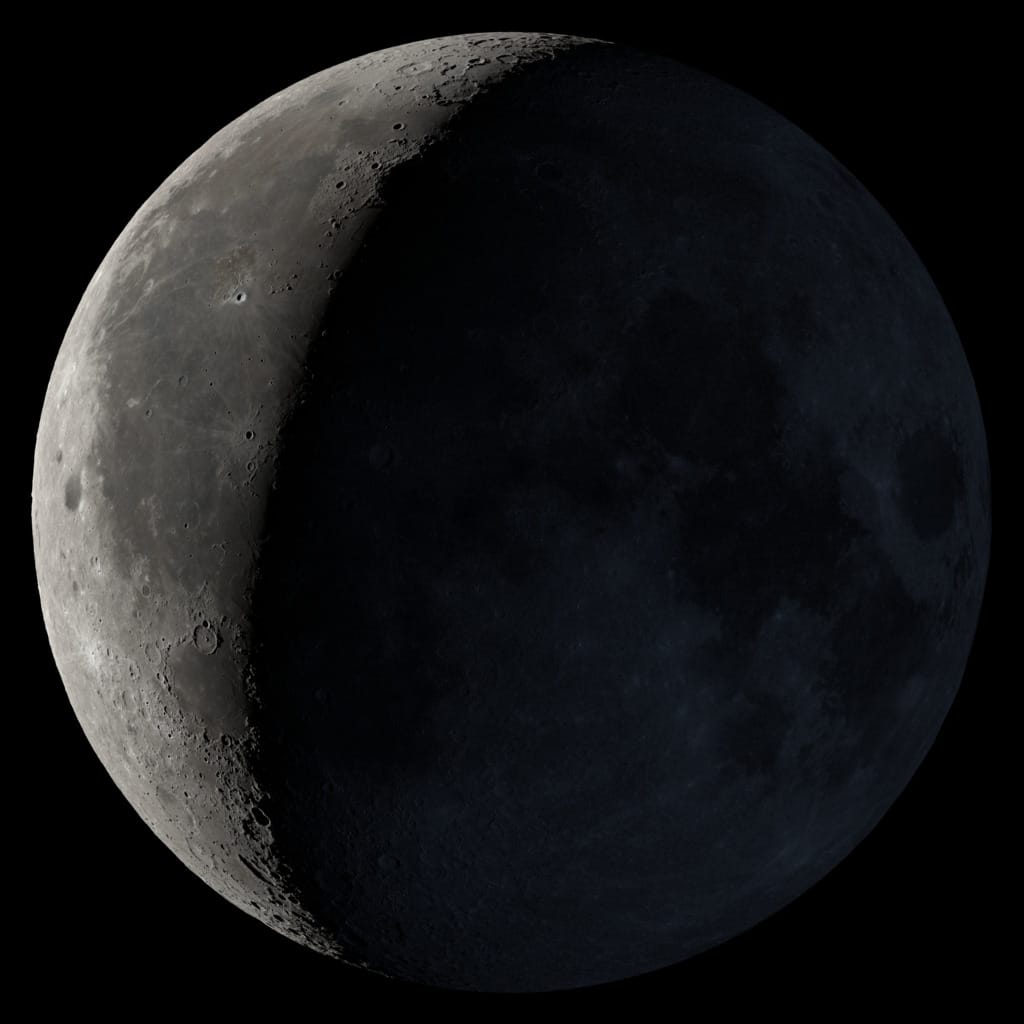
Instead of a Second New Moon
Yes, perhaps this is the most visual article so far on the “So List” blog. By the way, the Moon has already been mentioned here before. Not just in a list of facts about the Moon, but in a checklist used by astronauts during their journey to our satellite. The article also features beautiful photographs, so I highly recommend checking it out.
Did you enjoy seeing the Moon in such a flattering light? Don’t forget to subscribe to the “So List” blog. There’s plenty more to admire here. You can also learn how to solve many issues with the help of lists and checklists.
List of Links
[1] Gwen Foss, “The Book of Numbered Lists,” ISBN 978-0399524219
[2] Images from NASA SVS | Moon Phase and Libration, 2024, on the NASA website

